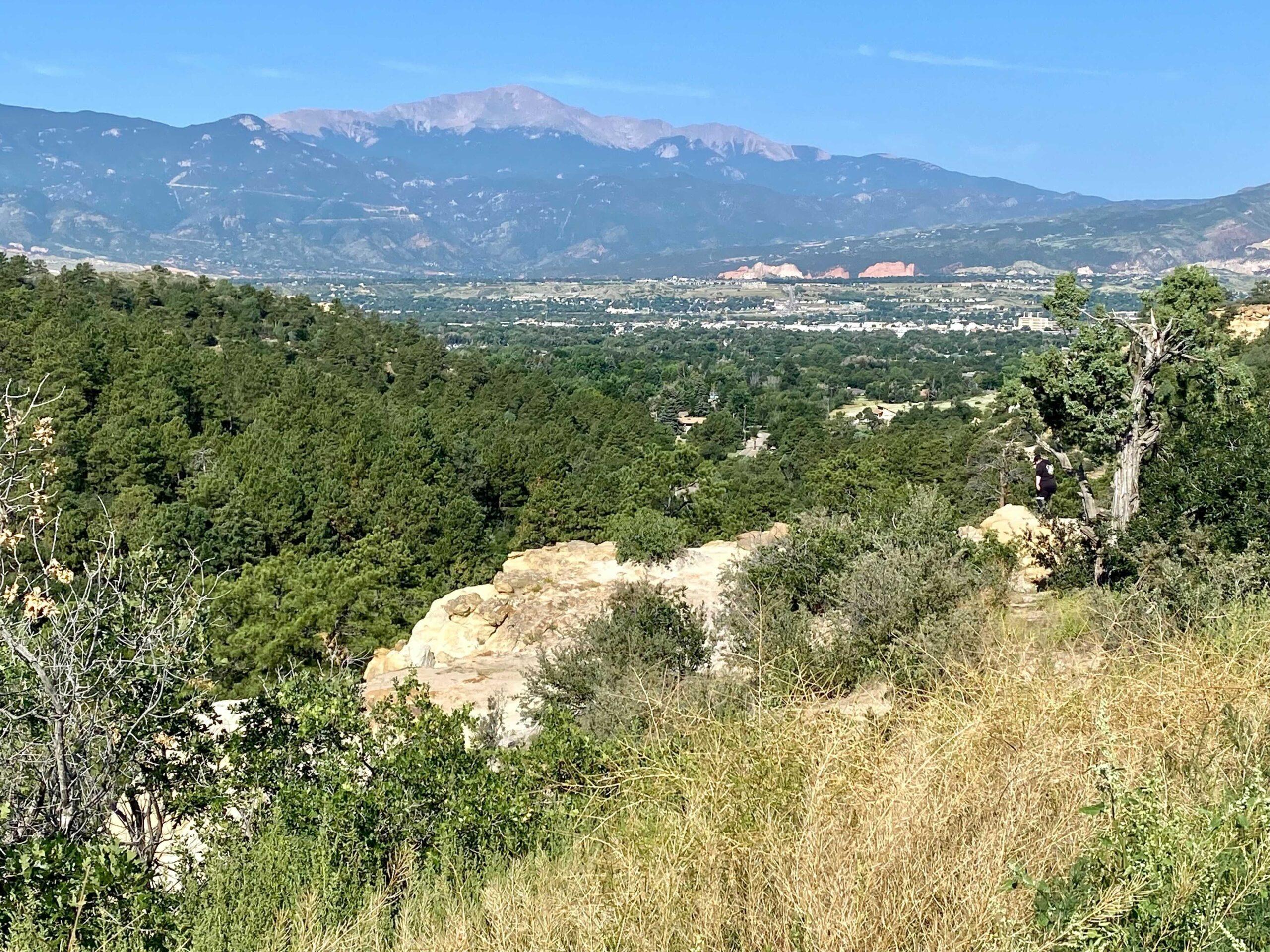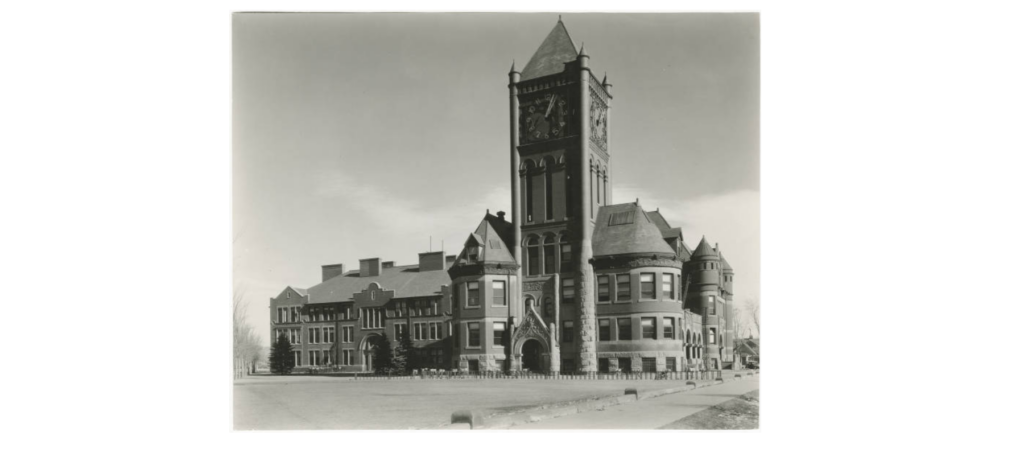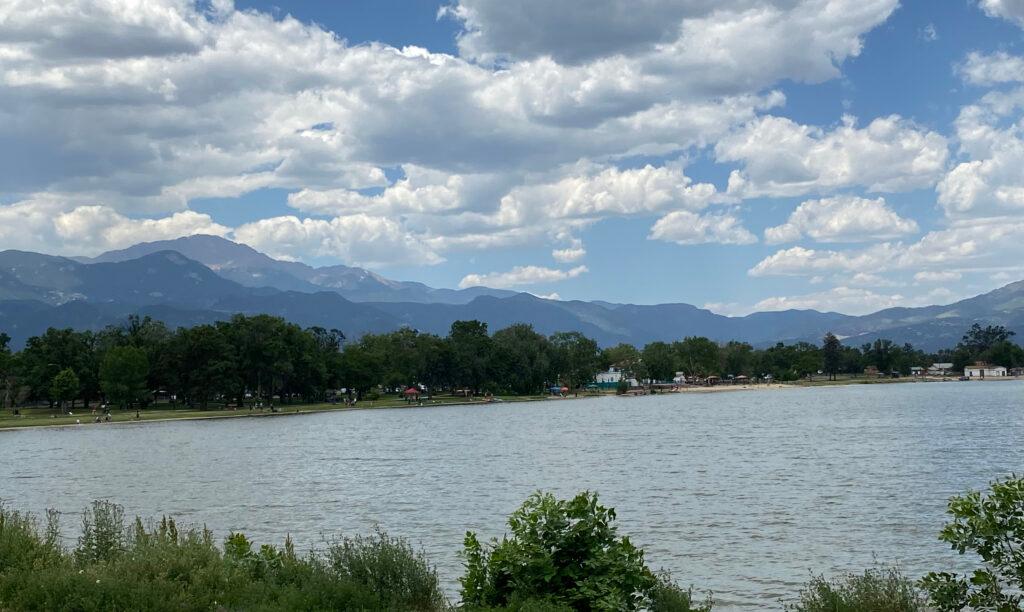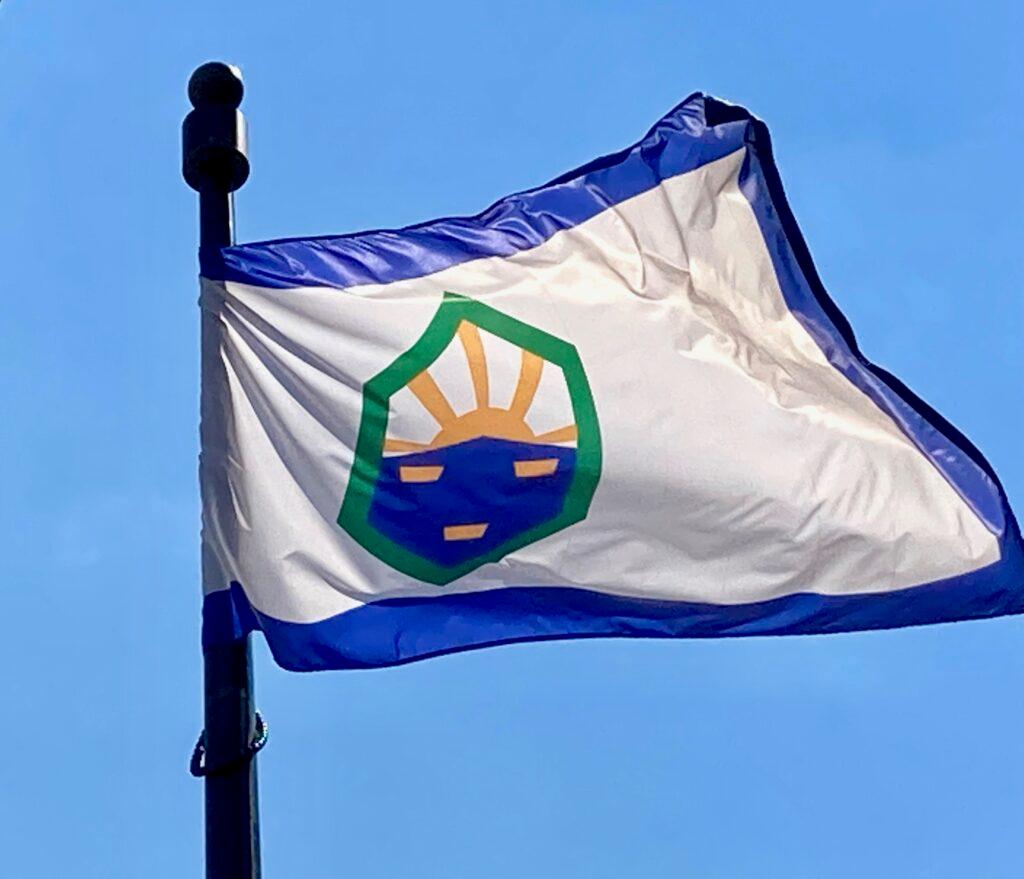
On July 31, 1871, the city of Colorado Springs was officially born. The city is celebrating its sesquicentennial with a "Parade Through Time" and a festival, both taking place downtown. This page will be updated daily leading up to July 31, with conversations, photos and stories as we look back on our city.
Physical development of Colorado Springs and how it influences identity
The original Colorado Springs town plat was about 3,500 acres, or about 5.6 square miles. By 1950, Colorado Springs was about 9.4 square miles in size. Senior City Planner Hannah Van Nimwegen said things continue to expand in all directions as what was once a resort-style escape is now 35 times its original size at close to 200 square miles.
"About 75 percent of that property is spoken for, with some type of land use," Van Nimwegen said. "...There are plans for a lot of that vacant land now."
Other trends include the adaptive reuse of older buildings like the Ivywild School and the Lincoln Center. The north and east sides of the city are booming with development, as well.
"What's being developed out there is on par with the cool thing for development to do, which is more lifestyle centers where you have entertainment mixed in with higher density, residential, but then you also have your more suburban style neighborhood where you can buy your home and your land," Van Nimwegen said.
If the city's population continues to grow as expected, by 2040 there could be well over 600,000 people living in Colorado Springs. In El Paso County almost 1,000,000. This rapid growth can raise the question of identity and to how to meet Mayor John Suthers oft stated aspiration of creating a city that matches its scenery. This, as suburbs and shopping centers encroach on undeveloped land and open spaces.
Van Nimwegen said maintaining a sense of place is really up to individual neighborhoods.
"We have one unified identity of this amazing Olympic city, but there's also these smaller components that people identify with, which is their street, their neighborhood and their schools," she said.
As far as what's next for Colorado Springs? She expects the rapid growth on the north and east sides of the city to continue.
"I would venture to say that some of our main arterial corridors are going to look different in 20, 30 years, [as well]," she said. "And that's going to be because a bunch of reinvestment (comes) in and kind of shook some things up."
What's old is new again: Olympic City USA as an extension of Palmer's original vision

When General William Jackson Palmer founded Colorado Springs in 1871, he did so with the goal of creating a resort town. It was visionary at the time, according to UCCS professor and geographer John Harner, author of the book Profiting From the Peak.
"It seems normal to us," he said, "because we're so ingrained in this thought of the Rocky Mountains as a beautiful place, recreation, getaway and vacations. But in 1871, that was not the case. People did not normally found cities as a getaway relaxing place. They were mining towns or they were agricultural towns."
Colorado Springs' first true homegrown industry was tapping into that, and being a health resort for tuberculosis recovery. Harner said there was an industrial base as well, processing the gold that came down from Cripple Creek.
Through the years, the city also created strategies to draw in the military and evangelical communities. Even now, with the Olympics, Harner said it's a deliberate strategy that "built on this earlier resort image that we had in recreation and tourism."
That, said Harner, is probably one of the most visionary things Palmer ever did.
Queen Palmer and the start of Colorado Springs School District 11

There's a lot of recognition across Colorado Springs for General William Jackson Palmer, the city's founder. But his wife Queen also contributed to the city's legacy, especially when it comes to education.
Mary Palmer, known by her nickname Queen, was born in Kentucky in 1850. She grew up in New York and met her future husband at the age of 19. They were married a month later in 1870 and within the year came to what is now Colorado Springs.
"The story is that she comes out here and doesn't really enjoy the frontier," said Brett Lobello, the director of genealogy and regional history at the Pikes Peak Library District. "But she's a part of this city-builder process because she is the first teacher for Colorado Springs students."
He said the system at the time included various rented rooms throughout what is now downtown. Shortly after Colorado Springs became an official city in 1871, she opened the first actual school. Queen personally funded those first school rooms and recognized the need for education in the city right off the bat.
"[The Palmers are] bringing their expectations for what a city should be to Colorado Springs," Lobello said. "They're building [the city] from scratch. So they're trying to build that framework for a very small population that hopefully gets bigger."
The following year, in 1872, the state formally recognized her efforts and made it into a school district, one that's still around today. Colorado Springs District 11 is now the 12th largest in Colorado with close to 24,000 students, according to state data.
Colorado Springs is now home to multiple districts, dozens of schools, and a handful of higher education institutions, including Queen Palmer Elementary School, named after the first lady of Colorado Springs.
Colorado Springs made a mark on water in the West

In 1871, General William Palmer had a vision for the city of Colorado Springs. He wanted it to be a resort-style town, full of lush lawns and trees. It was a vision that hearkened back to a more eastern aesthetic. But there was a big problem — the climate was dry.
From his earliest days of planning the city, Palmer understood he had to move water to make his vision a reality.
"There were no trees here. It's shortgrass prairie. It's a semi-arid environment," said John Harner, UCCS professor and geographer, and author of the book Profiting from the Peak. "It was not really a very attractive place, with the exception of Pikes Peak."
Within the year of Colorado Springs' founding in 1871, Harner said investors financed what would become the El Paso Canal. The water came from Fountain Creek and was used to irrigate lots. They planted trees, which added value to the land.
By 1890, Harner wrote, Prospect Lake in what is now Memorial Park (pictured above) was built to store overflow.
Colorado Springs also tested newly established water laws when it was taken to court over a diversion for drinking water that affected downstream users. That was around 1890. The city lost.
Near the turn of the century, the city made its mark on transbasin diversions when it tapped a different watershed on the South Slope of Pikes Peak.
"We were … not the first, but one of the big transbasin diversion players," said Harner. "Moving water from an entirely different watershed into our area... This is like creating water. This is like a quantum leap in the history of water management in the west."
Harner said the water systems that Colorado Springs has built over the last 150 years, "directly contributed to what this place is now."
Whether that will be that way forever, he added, is a different question.
The story behind the Colorado Springs city flag

The Colorado Springs City Flag, seen above, was first presented to the city council on July 26, 1912. The current, and only officially recognized design, was formally presented by Dr. Caroline Spencer, a member of the Colorado Springs Civic League. That was a group of women interested in encouraging residents to engage with city government.
Spencer, as well as renowned architect Nicolaas van den Arend and Caroline Sturgis, another member of the Civic League, are often each credited with the actual design and construction of the flag.
As for the actual flag itself, the design elements represent the following, as explained by Leah Davis Witherow of the Pioneers Museum:
- The spacious white field represents the cleanliness and health of the city.
- The blue border stands for blue skies.
- A shield in the shape of a hexagon with a green border represents the city park system.
- Within the hexagon, there's a mountain with sunrays behind it, which represents Pikes Peak and the city's abundant sunshine.
- On the mountain shape, there are three gold ingots, signifying the gold found in the area, which also speaks to the city's mining history. According to Witherow, "We always say the gold was found on the west side of Pikes Peak, but the gold ran down here to Colorado Springs, where all the mine owners (and) mine stockbrokers lived."
Check back in with us tomorrow for our next snippet of Colorado Springs history!








